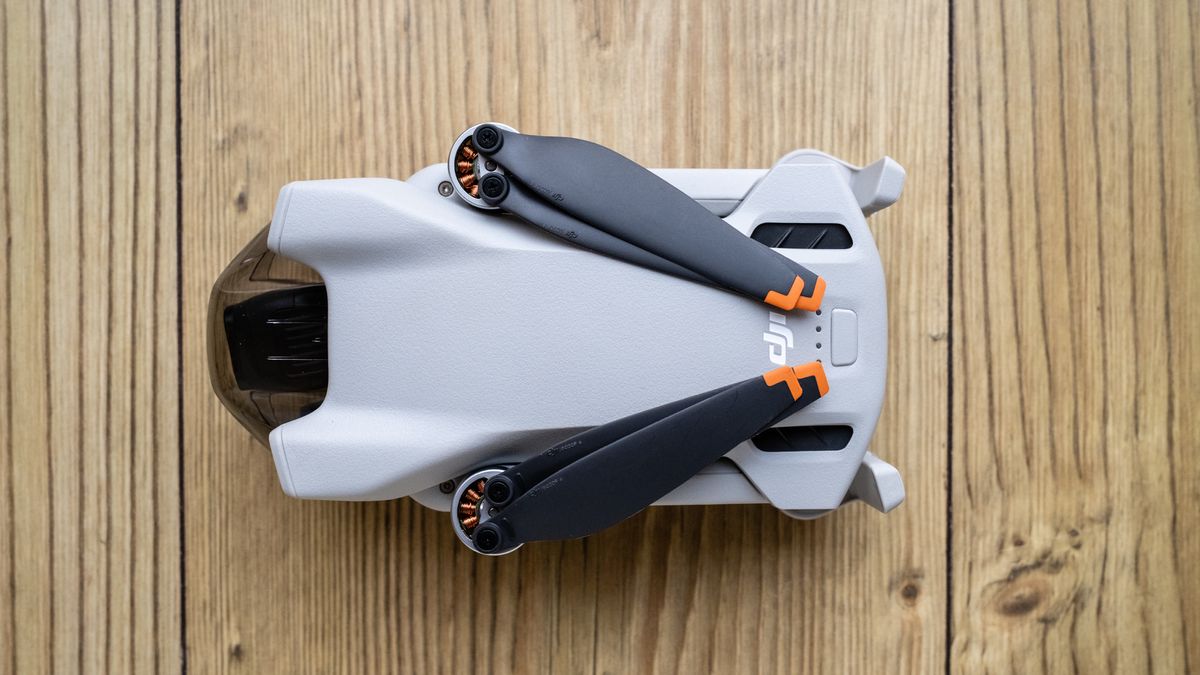Brian Haidet, a scientist creating videos on YouTube under the handle AlphaPhoenix, showed off a camera in a new video that can capture footage of a laser pointer at the speed of light. The camera is an update on a previous design that could capture footage at one billion frames per second, but it comes with a major caveat: it can only shoot one pixel at a time.
Haidet’s camera is made from a gimbal-mounted mirror, two tubes, a simple lens, a light sensor and some Python code to tie it all together. Pointed at a laser pointer, the camera’s able to capture a beam of light at two billion frames per second, showing it smoothly traveling between mirrors, with speeds that vary depending on where the camera is in relation to the laser pointer. “Light moves about six inches, or 15 centimeters, per frame of this video,” Haidet says. “This beam of light is traveling at the Universe’s speed limit. Light in any reference frame will never move any faster or any slower than this speed.”

Pixels had to be tiled together to create what looks like normal video footage.
(Brian Hadet)
While it’s theoretically possible to create a more traditional camera that can capture footage at two billion frames per second, as Haidet explains, you can’t do it with the tools most people have in their garage. His solution was to capture one pixel at a time, and then tile that footage together to create something viewable. According to Haidet, “if all these videos are synchronized and we take many, many, many, one pixel videos, we can tile these videos next to each other and play them all back at the exact same moment and give something that looks like a video.”
While it’s not the same thing as a true two billion frames-per-second camera, “that’s just a significantly more expensive way to do it,” Haidet says, “and it really wouldn’t get us any better of a result.”












